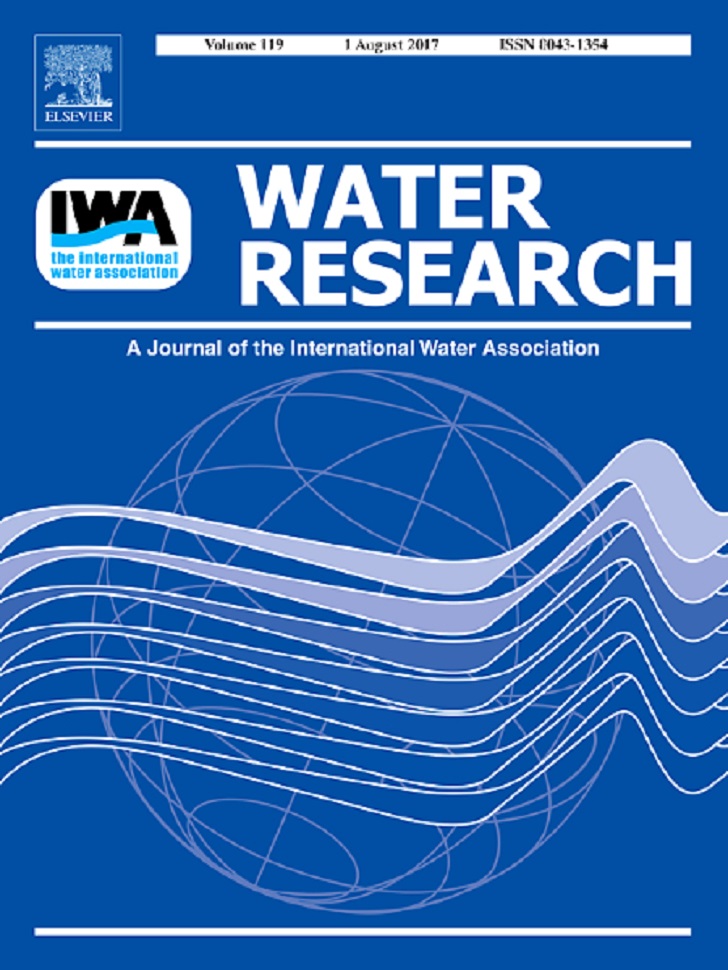
The research article 'Nitrate, arsenic and fluoride removal by electrodialysis from brackish groundwater' has been published in the journal Water Research.
Abstract
Nitrate, arsenic and fluoride are some of the most hazardous elements contaminating groundwater resources. In this work, the impact of operative (flowrate, electric potential) and water quality (salinity, contaminant feed concentration, pH) parameters on brackish water decontamination was investigated using a batch electrodialysis (ED) system. While electrodialysis at low electric potentials (5 V) was more selective toward monovalent ions, at higher potentials (>15 V) removal of all ions increased and selectivity approached one, meaning removal of all ions. Changing the flowrate of electrodialysis system (30 to 70 L/h) increased nitrate and fluoride removal slightly, while arsenic(V) removal was maximum at 50 L/h. Rising salinity delayed removal of ions with low ionic mobility and diffusivity (i.e. fluoride, arsenic(V)). Increased feed concentration of contaminants had no impact on removal values. pH variations did not impact the nitrate, fluoride and salinity removal, yet arsenic(V) removal was greatly pH dependent. This was explained in part by lower diffusivity and higher hydration number of bi- and trivalent species of arsenic(V) at basic pH. The results of this work showed the significance of ionic characteristics (diffusivity, ionic mobility, hydration number) in ED. Nitrate concentrations satisfied guideline threshold in all experiments with concentrations below 50 mg/L. Lowest arsenic(V) concentration was 35 µg/L at the highest electric potential, 25 V.


